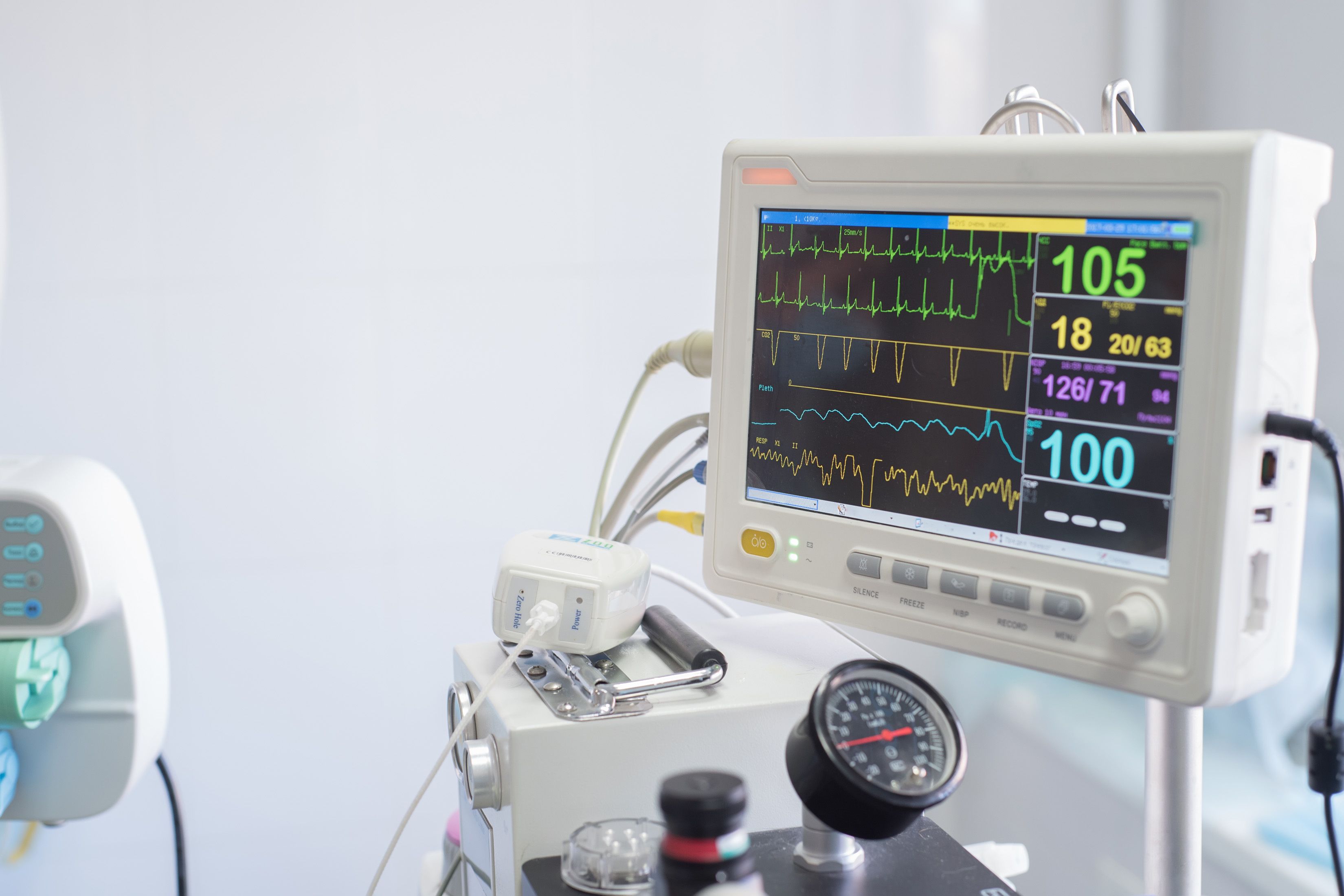Esketamine with epidural anesthesia for cesarean delivery
In a recent study, differences in pain for women taking esketamine alongside epidural anesthesia for cesarean delivery compared with placebo were not clinically meaningful, showing a need for further research.
Esketamine with epidural anesthesia for cesarean delivery | Image Credit: © Yakov - © Yakov - stock.adobe.com.

Further research is needed to determine effective doses of esketamine during cesarean delivery in women under epidural anesthesia, according to a recent study published in JAMA Network Open.
Epidural anesthesia is commonly used during cesarean delivery, but patients often still experience pain or discomfort because of incomplete block of the splanchnic nerve. This sometimes creates a need to switch to general anesthesia.
Supplemental analgesics including opioids and dexmedetomidine are often used alongside epidural anesthesia to reduce pain during cesarean delivery, but these can lead to itching, hypertension, respiratory depression, and other adverse events.
Esketamine is a dextrorotatory isomer of ketamine with twice the potency and a reduced risk of psychiatric adverse events. Studies have found esketamine has effects on uterine perfusion and maternal and fetal hemodynamics and respiration, making it possible to use in an obstetric setting.
To determine the safety and efficacy of intravenous esketamine before childbirth, investigators conducted a double-blinded, placebo-controlled randomized clinical trial. Enrollment occurred from September 18, 2021, to September 20, 2022.
Participants included women aged 18 years and older with a full-term single pregnancy and regular prenatal examination. All participants were scheduled for a cesarean delivery with epidural anesthesia.
Women with a body mass index of 27 or greater, severe obstetric complication, stillbirth or neonatal malformation, contraindications to epidural anesthesia, or certain prior illnesses were excluded from the study.
Patients were randomized to receive esketamine or placebo. Premedication was not administered, and heart rate and oxygen saturation were monitored in the operating room. The blood pressure of patients was measured every 5 minutes.
Epidural puncture was performed in women using a 16-G Tuohy needle and was followed by insertion of a catheter. A face mask was used to provide oxygen at 5 L/min. Patients in the esketamine group received 0.25 mg/kg of intravenouses ketamine for 1 minute, while patients in the control group received an equal dosage of saline.
Demographic characteristics, pregestational comorbidity, duration of gestation, number of gravidity and parturitions, and American Society of Anesthesiologists classification were collected as baseline data. Anesthesia and surgery,use of vasopressors, fluid balance, neonatal data, and intervals from drug administration to delivery made up intraoperative data.
Maternal pain intensity was the first primary outcome of the study. A numeric rating score from 0 to 10 points was used to measure pain before anesthesia, immediately after anesthesia, at surgical incision, 5 minutes after drug administration, immediately after fetal delivery, end of surgery, 6 hours after surgery, and 12 hours after surgery.
Sedation score after fetal delivery was the second primary outcome of the study, measured using the Ramsay Sedation Scale. Maternal pain intensity and sedation score at other time points were the secondary outcomes of the study, and adverse outcomes were recorded.
There were 600 patients in the final analysis, aged a mean age of 30.7 years. Patients in the esketamine group had a lower pain score than the placebo group, but this difference was not clinically meaningful. Deeper sedation was also found in the esketamine group, with this measure being clinically meaningful.
Differences in pain scores at other times were not observed between the 2 groups. For Ramsay Sedation Scores, higher scores were seen in the esketamine group at surgical incision and 5 minutes after drug administration.
Adverse events seen more commonly in the esketamine group included neurologic or mental symptoms, hypertension, and tachycardia. On the first postoperative day, mental symptoms were similar between both groups, though nausea and vomiting were more common in the esketamine group.
These results indicated a need for further research. While effects on analgesia were minimal, concerns arose on sedation and mental adverse effects. Future studies should be limited to patients requiring supplemental analgesia.
Reference
Xu L, Wang C, Deng C, et al. Efficacy and safety of esketamine for supplemental analgesia during elective cesarean delivery: A randomized clinical trial. JAMA Netw Open. 2023;6(4):e239321. doi:10.1001/jamanetworkopen.2023.9321
S1E4: Dr. Kristina Adams-Waldorf: Pandemics, pathogens and perseverance
July 16th 2020This episode of Pap Talk by Contemporary OB/GYN features an interview with Dr. Kristina Adams-Waldorf, Professor in the Department of Obstetrics and Gynecology and Adjunct Professor in Global Health at the University of Washington (UW) School of Medicine in Seattle.
Listen
Similar delivery times between misoprostol dosages among obese patients reported
May 29th 2024A recent study found that obese patients undergoing induction of labor experienced similar delivery times regardless of whether they received 50 μg or 25 μg of vaginal misoprostol, though multiparous patients showed faster delivery with the higher dosage.
Read More
